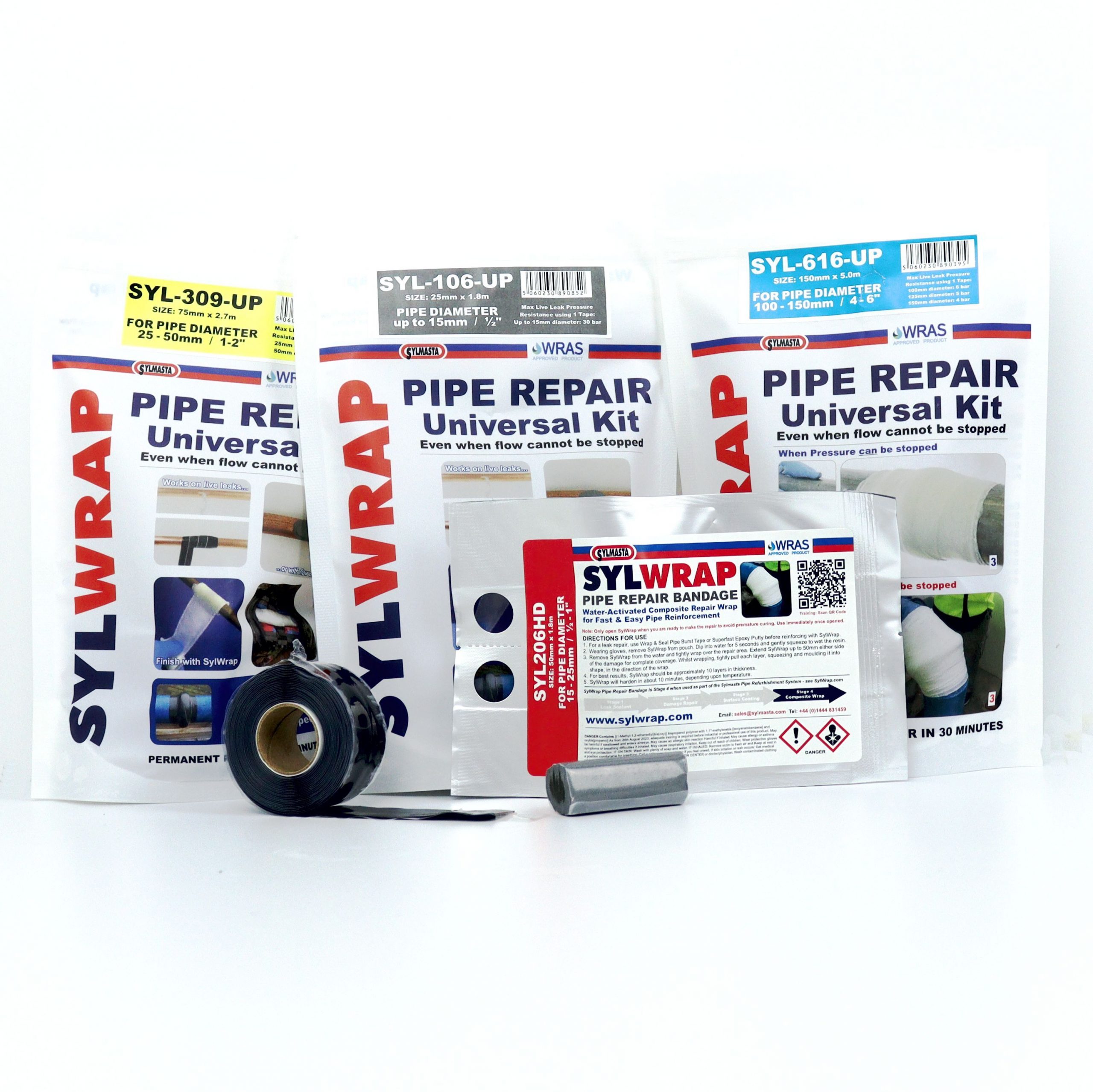
How Sylmasta raised revenue with Katana
Sylmasta overhauled production operations, integrated accounting and sales, and even brought a new integration to Katana to make shipping easier for everyone. Read how they did it all here.

About Sylmasta
Sylmasta is a UK-based manufacturer of adhesive repair products, primarily for pipe repairs, such as fixing leaks or damage to pipes. They also produce some general maintenance adhesives, which repair metalwork, damaged machinery, etc.
Selling products both B2B and D2C, they have customers worldwide that they reach via their website and product distribution. With in-house manufacturing built on lean manufacturing principles, they were a well-run operation that was running into challenges that any growing business does.
We spoke to Simon Bedding, the managing director, to learn about the challenges they faced, how they found Katana, and how things have been since they signed up.
This might sound like a cliché, but Katana made our lives much easier. Revenue has gone up because we manage more orders without hiring more staff.
Simon Bedding Managing Director at Sylmasta
The struggle to integrate software
Originally, they built a custom manufacturing system developed in Microsoft Access. While this system was tailored to their needs, it had a significant drawback of being isolated and unable to communicate effectively with other software tools. For example, integrating with QuickBooks Desktop was particularly challenging. The inability of Microsoft Access and QuickBooks to synchronize properly led to operational inefficiencies and hindered stock management.
This lack of communication resulted in manual data entry, discrepancies, and limited inventory and financial data visibility.
We didn’t have a grip on the value of the stock. Nothing was very well integrated and Everything was about to fall apart.
Adopting Katana addressed these issues by providing integrated production, inventory, and sales management capabilities, ultimately improving efficiency and supporting business growth.
Building the perfect tech stack
Simon went on the hunt for a new way to run manufacturing, production, and sales processes, with the idea that there must be something that could integrate everything they used.
While looking at other systems on the market, they noticed many were overly complex and difficult for operators to use without constant review. Katana stood out for its intuitiveness, allowing operators to use the software efficiently without requiring extensive training or constant supervision.
They were able to get set up quickly by importing essential data, allowing Sylmasta to start using the software immediately without a steep learning curve. This rapid adoption was crucial in ensuring minimal disruption to their operations during the transition. This helped remove unnecessary complexities, providing a streamlined experience focused on essential functionalities like stock control. The intuitive traffic light system for stock management made it easy to visualize and manage inventory levels.
I contacted Shiptheory and asked them to create an integration with Katana. And now that’s why there’s a Shiptheory integration available in Katana.
Before Katana, stock management was cumbersome and error-prone, requiring frequent audits. But, with batch tracking capabilities and real-time visibility, Sylmasta gained better control over inventory and streamlined its production processes.
Katana helped facilitate the entire production and order fulfillment process, from raw material allocation to shipping. The integrated workflow allowed for efficient order tracking and reduced errors in packaging and labeling.
Optimizing inventory tracking and order processing with integrations
Despite initially running the systems in parallel for a month, transitioning to Katana was relatively seamless. Katana’s intuitive and user-friendly UI meant adoption was easy, as it required minimal training to get everyone on board.
With batch tracking, it’s great. If we ever got a customer complaining about a product and they tell us the batch code we can easily check if there are any problems with the entire batch.
Enhanced visibility into production timelines, better inventory management, and streamlined order processing led to orders going out quicker and with reduced errors. Katana gave Sylmasta the scalability and improved capacity planning they needed to handle much bigger orders without increasing the managerial workload.
More case studies
Get visibility over your sales and stock
Wave goodbye to uncertainty by using Katana Cloud Inventory for total inventory control










